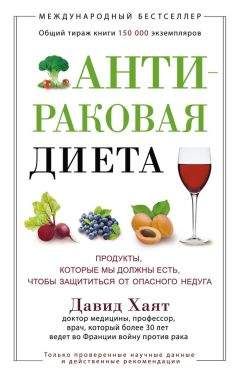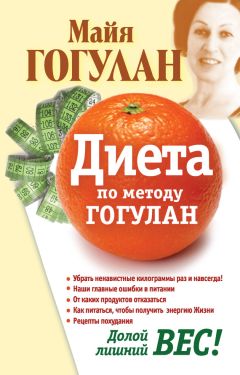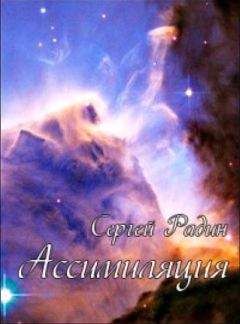Давид Хаят - Антираковая диета. Продукты, которые мы должны есть, чтобы защититься от опасного недуга
На сайте mybooks.club вы можете бесплатно читать книги онлайн без регистрации, включая Давид Хаят - Антираковая диета. Продукты, которые мы должны есть, чтобы защититься от опасного недуга. Жанр: Спорт издательство -,. Доступна полная версия книги с кратким содержанием для предварительного ознакомления, аннотацией (предисловием), рецензиями от других читателей и их экспертным мнением.
Кроме того, на сайте mybooks.club вы найдете множество новинок, которые стоит прочитать.
Название:
Антираковая диета. Продукты, которые мы должны есть, чтобы защититься от опасного недуга
Автор
Жанр
Издательство:
-
ISBN:
-
Год:
-
Дата добавления:
24 октябрь 2019
Количество просмотров:
133

Давид Хаят - Антираковая диета. Продукты, которые мы должны есть, чтобы защититься от опасного недуга краткое содержание
Давид Хаят - Антираковая диета. Продукты, которые мы должны есть, чтобы защититься от опасного недуга - описание и краткое содержание, автор Давид Хаят, читайте бесплатно онлайн на сайте электронной библиотеки mybooks.club
Книга авторитетного французского онколога профессора Д. Хаята содержит советы по корректировке образа жизни для снижения риска развития рака. Автор анализирует некоторые несостоятельные системы профилактики, рассматривает различные категории продуктов, пищевых добавок, способов приготовления пищи с точки зрения возможности профилактики онкологических заболеваний. Кроме того, Хаят дает научно обоснованные практические рекомендации по предупреждению злокачественных новообразований с учетом пола и возраста. А также представляет подробные списки продуктов с характеристиками их полезных или опасных свойств. В конце книги помещена памятка с указанием, чего следует избегать, а какие действия предпринимать для предупреждения опасной болезни.
Антираковая диета. Продукты, которые мы должны есть, чтобы защититься от опасного недуга читать онлайн бесплатно
Антираковая диета. Продукты, которые мы должны есть, чтобы защититься от опасного недуга - читать книгу онлайн бесплатно, автор Давид Хаят



